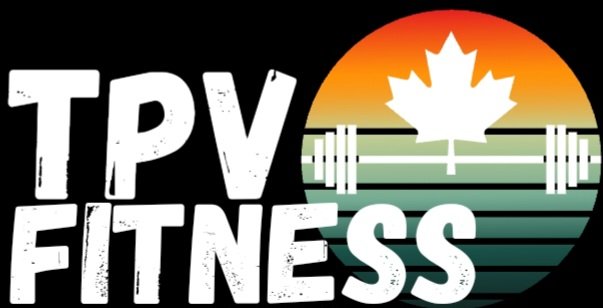Motivation Is Overrated; Environment Often Matters More
Behavior is a function of the person in their environment (Psychologist Kurt Lewin).
You have to redesign your environment and make the cues for your preferred habits more obvious.
Eg. If you want to exercise more at the gym- Keep your gym bag ready to go at all times. Whether it’s in your front hallway or in your car. Make it visible and ready.
You want to make a habit a big part of your life, make the cue a big part of your environment.
Context Is The Cue-
Our behavior is not defined by the objects in the environment but by the relationship to them. Think in terms of how you interact with the spaces around you.
Eg. Your couch is the place where you watch T.V. If you want to watch less T.V but still want to use this same environment, make it a habit to start reading for 1hr on the same couch, then reward yourself to allowing a certain amount of T.V. time.
Still too hard? Change your environment around so it becomes a new one.
The more attractive an opportunity is, the more likely it is to become habit-forming.
Dopamine is released not only when you experience pleasure, but also when you anticipate it. Whenever dopamine rises, so does your motivation to act.
It is the anticipation of a reward- not the fulfillment of it- that gets us to take action.
Temptation bundling works by linking an action you want to do with an action you need to do.
Eg. You love watching Netflix, but need to exercise more. Take a tablet with you and use it on the treadmill or exercise bike.
Eg. After I do ten burpees, I can watch Netflix.
Doing the things you need to do means you get to do the thing you want to do.
Systematically reframe each cue associated with habit and give it a new meaning. Make the bad habit unattractive.
Eg. Quitting smoking- You think you are quitting something, but you’re not quitting anything because cigarettes do nothing for you.
You think smoking relieves stress, but it doesn’t. Smoking does not relieve your nerves, it destroys them.
Repeat these phases over and over to make it so unattractive the habit you are trying to quit.
How to reprogram your brain to enjoy the hard habits-
You can make hard habits more attractive if you can learn to associate them with a positive experience.
You don’t “have” to. You “get” to.
Instead of saying “I need to go running,” say “It’s time to build endurance, get the endorphins flowing and get faster”.
Building a New Habit – It is best to choose a place that is already along the path of your new daily routine. Habits are easier to build when they fit into the flow of your life.
Want to exercise? Set out your workout clothes, shoes, gym bag, and water bottle ahead of time.
Make a new habit as easy as possible to start-
Running- put on your running shoes(very easy), Walk ten minutes(easy), Walk ten thousand steps(moderate), Run 5k( hard), Run a marathon(very hard).
Coach Steph.
Part 7 – How to Make Good Habits Inevitable and Bad Habits Impossible
References: “Tiny Changes, Remarkable Results – Atomic Habits”, Author James Clear, Pg. 80, 85,87,88,105,108,110,111,130,162, Penguin Random House New York, 2018
